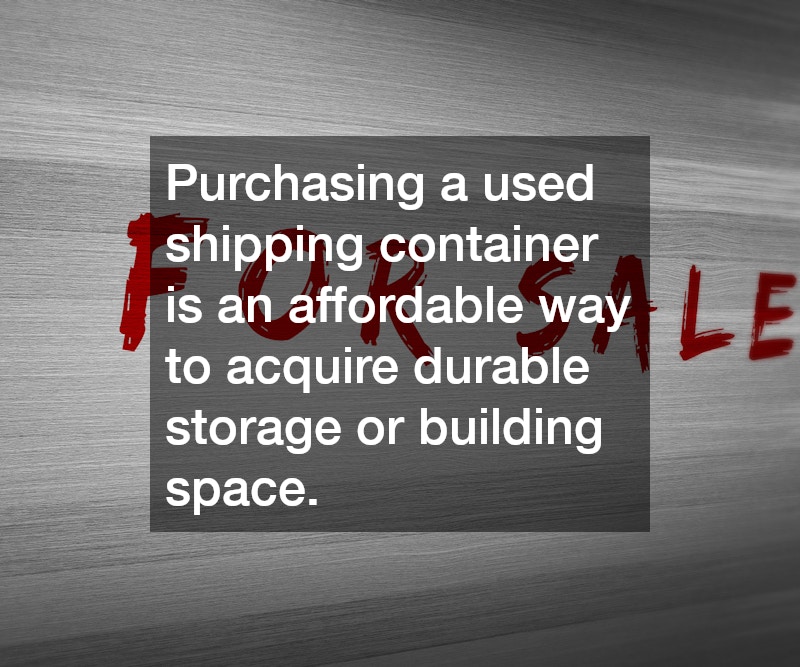

International trade has opened a number of opportunities for businesses to negotiate production, packaging, and shipping options for their business. With the prominence of the internet in our modern age the possibilities are even more varied: a business can have their product produced in China, packaged in Japan, and finally shipped over to the U.S. thanks to container ships. Freight ships are able to haul hundreds or even thousands of loaded steel cargo containers at a time, making cargo ships a first choice when it comes to transporting large quantities of inventory.
International Shipping
At any given time there are over 17 million shipping containers in transportation around the world with the number of active shipping containers totaling at over five million — accumulated, these shipping containers make around 200 million trips per year according to the U.K.-based Billy Box Ltd. From an economic stand-point, cargo ships across the open ocean make for the best valued shipping option for high volume goods with up to 95% of the world’s cargo moving via cargo ships. The largest of cargo ships are approximately 1,300 feet long — nearly 400 meters or the distance around an Olympic running track — with a maximum width of 180 feet (55 meters). Due to the unpredictable conditions of the open sea, the world loses around 675 shipping containers every year; many of these will remain lost on the sea floor for centuries. Yet an even greater number of shipping containers go unutilized, making them perfect templates for the architect to build with.
A Mobile Office Shipping Container
Construction companies and other mobile jobs often require the need for an on-site office, thus relying on a mobile office. Whatever the job, some of the cheapest, yet most spacious mobile offices are actually mobile office containers. Shipping container resellers clean and repair used shipping containers to be repurposed according to the client’s needs. There are a number of businesses that specialize in converting shipping containers into offices, complete with Wi-Fi, shelving, electrical, and a number of other amenities as needed — some can even be equipped with sleeping quarters and small kitchens to eliminate the need for costly lodging fees. Studies have found that the average workspace has shrunk from 80 square feet in 1992 to 39 square feet as of 2016; old shipping containers are the perfect solution for an affordable mobile office. If taken care of with regular maintenance, the average shipping container can last for around 20 years according to U.S.-based Container Auction.
Repurposing Old Steel Shipping Containers Architecturally
Analysts suggest that as man as 11 million shipping containers around the world are currently unused, just sitting around in lots without purposes. Many architects and designers believe that they can solve two problems using these shipping containers; on the one hand they would be eliminating the needless waste of rusting containers, and on the second hand they could simultaneously provide an affordable approach to housing. As of October 2016 the average sale price for a home in the United States was $354,900; steel shipping containers cost a mere $1,800 on average. Using cargo container modifications, architects are able to utilize the containers as a building material, allowing for the creation of budget homes with a unique aesthetic. A quick web search reveals a brand new, 424 foot home made from used steel shipping containers running $47,600.00 — a sixth of the cost of the average home in the U.S.!
A Greener Alternative
A number of small businesses have gained recent attention due to their utilizing of old steel shipping containers as permanent structures to house their business. Starbucks coffee made headlines when they opened up a drive-through coffee shop made from repurposed shipping containers in their home-based Seattle back in October of 2013. The building was a well-received environmental statement and has enjoyed a great amount of publicity and success since it opened. For every recycled shipping container repurposed, we end up saving around 3,500 kilograms worth of steel; this also makes a statement against traditional building supplies as it encourages creativity.




